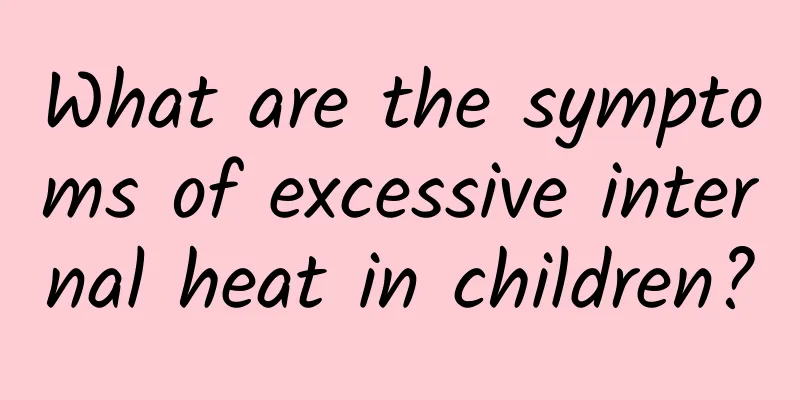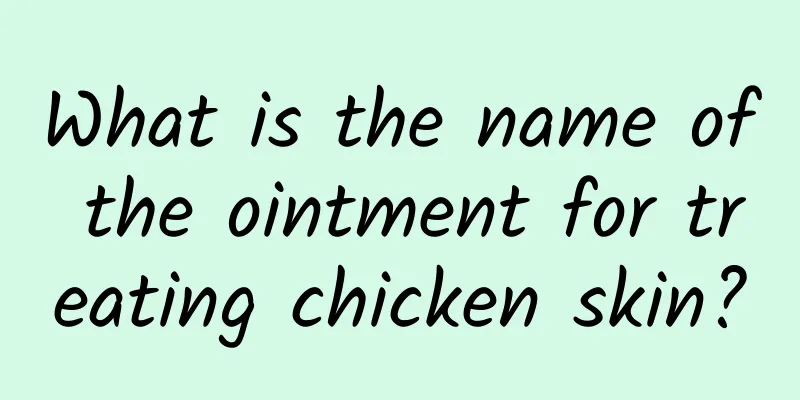What are the effects of golden mustard?

|
Schizonepeta is a plant used in the preparation of traditional Chinese medicine, and it plays a significant role in traditional Chinese medicine prescriptions. The general benefits of Schizonepeta to the human body include treating itching, dispelling wind, stopping bleeding and relieving cold, etc. If you don’t know much about Schizonepeta, you should follow the advice of regular Chinese medicine practitioners. This will maximize the efficacy and effects of Schizonepeta and avoid adverse effects on the body. Schizonepeta is listed as a medium-grade product in Shennong's Herbal Classic. It is called "fake Su" in "Compendium of Materia Medica" and its local name is "ginger and mustard". It is a plant of the Lamiaceae family, and its dried stems, leaves and flower spikes are used as medicine. Fresh and tender buds are best for calming children. The leaves of Schizonepeta are yellow-green, the stems are square with a slight purple hue, the cross section is yellow-white, and the spikes are slightly dark purple-yellow-green. It can calm phlegm, relieve wind and cool blood. Treat influenza, headache, chills, fever, sweating and vomiting. It has a mild taste, warm nature, is non-toxic, and has a strong fragrance. Schizonepeta is a diaphoretic and antipyretic drug and is one of the commonly used Chinese herbs. It can calm phlegm, relieve wind and cool blood. Treat influenza, headache, chills, fever, sweating and vomiting. Application Value 1. Treatment of skin itching: Take one or two grams of clean Nepeta spicate, grind it into fine powder, sieve it into a gauze bag, and sprinkle it evenly on the affected area (if the area is wide, it can be done in pieces), then rub it back and forth repeatedly with your palms until you feel heat on your palms and the affected area. For the treatment of acute and chronic urticaria and all itchy skin diseases, 1 to 2 times for mild cases and 2 to 4 times for severe cases will be effective. 2. Schizonepeta has the effect of inducing sweat and relieving exterior symptoms, and has the effect of dispelling wind. It is mainly used to treat colds, fever, chills, no sweating, headache, body pain, etc. It is often used together with Saposhnikovia divaricata. However, it can also be combined with pungent and cool antipyretic drugs or heat-clearing and detoxifying drugs to treat colds, wind-heat, red eyes and sore throat, such as mint, chrysanthemum, mulberry leaves, honeysuckle, etc. Schizonepeta has a pungent and dispersing effect that can help measles break out, and is often used in combination with mint, cicada shell, burdock seed, etc. Schizonepeta is often used for patients with initial symptoms of sores and ulcers. It can be used together with Saposhnikovia divaricata, Lonicera japonica, Forsythia suspensa, and Red Peony Root to reduce chills and fever and eliminate carbuncles and swellings. The application of fried charcoal of Schizonepeta can enter the blood and stop bleeding. It can be used for symptoms such as bloody stool and metrorrhagia. It is often used together with other hemostatic drugs in clinical practice. 3. As a herb, Schizonepeta tenuifolia has the effect of dispelling wind and relieving exterior symptoms when used raw, and can be used to stop bleeding when fried into charcoal. Combined with Saposhnikovia divaricata and Qianghuo, it can treat wind-cold symptoms on the surface; combined with honeysuckle, forsythia and mint, it can treat wind-heat symptoms on the surface; combined with gypsum, it can treat wind-heat headache; combined with burdock, platycodon and raw licorice, it can treat sore throat; combined with Sophora japonica charcoal, it can treat bloody stool; combined with Imperata cylindrica root, it can treat nosebleed. Both Schizonepeta and Perilla can induce sweating and relieve exterior symptoms, but Perilla is stronger in dispelling cold, tends to enter the Qi, and can regulate Qi and relieve fullness; while Schizonepeta is stronger in dispelling wind, tends to enter the blood, and can stop bleeding when fried into charcoal. Therefore, Perilla is often used in Qi-regulating prescriptions, while Schizonepeta is often used in blood-regulating prescriptions. Main symptoms Relieve exterior symptoms, dispel wind, and clear rash. Used for colds, headaches, measles, rubella, and the initial stage of sores. Fried charcoal can treat bloody stool, metrorrhagia, and postpartum fainting. 1. Exogenous symptoms. This product has a pungent and fragrant smell, is good at dispersing wind, and is slightly warm but not strong. It has a mild nature and is the mildest among the drugs for dispersing wind and cold. It can be widely used for exogenous symptoms, regardless of wind-cold, wind-heat, or neither cold nor heat is obvious. 2. Measles is not clear and urticaria is itchy. 3. When the sores and ulcers first occur, there are also external symptoms. 4. Various bleeding symptoms such as vomiting blood, epistaxis, blood in stool, metrorrhagia, etc. It is mainly used to treat colds, fever, headache, itchy eyes, sore throat, cough, measles, rubella, carbuncle, brigadier general, vomiting blood, blood clots, blood in the stool, metrorrhagia, postpartum stroke, and fainting due to blood. |
<<: What are the symptoms of tattoo allergy? Causes and relief of tattoo allergies
>>: Effects of Chinese medicine Pueraria lobata
Recommend
Cypermethrin poisoning detoxification method
Chlorpyrifos is a type of pesticide. If this pest...
List of medicines for leg pain
Leg pain is a common phenomenon, and it occurs no...
Can I eat biscuits if I have gastric ulcer? Pay attention to your diet for better results
Patients with gastric ulcers should eat easily di...
What antibiotics are used for streptococci?
Bacteria are a type of microorganism that is wide...
The harder a man's penis is, the more afraid his wife is
Toxins in the body have always been a headache fo...
How to treat sinus bradycardia
People with a slow heart rate are often weak and ...
Why is my right leg swollen and painful?
Many people know that swelling in the right leg i...
What causes teeth grinding in children? How to solve it?
Many parents will find that when their children r...
Poor amniotic fluid translucency
When expectant mothers have prenatal checkups dur...
Pimples on the neck
The pimples on the neck are mainly a symptom of s...
What to do if there are no ovarian follicles
Anyone who has a certain understanding of the pro...
How to improve blood circulation in the body
Blood circulation in the body is very important t...
Do you need to remove the ginseng root to make wine?
Everyone knows that ginseng has a very high statu...
Do anti-inflammatory drugs still work after being heated?
Anti-inflammatory drugs are very effective in tre...
Can vitamin E be applied directly on the face?
The beauty effect of vitamin E has been favored b...









